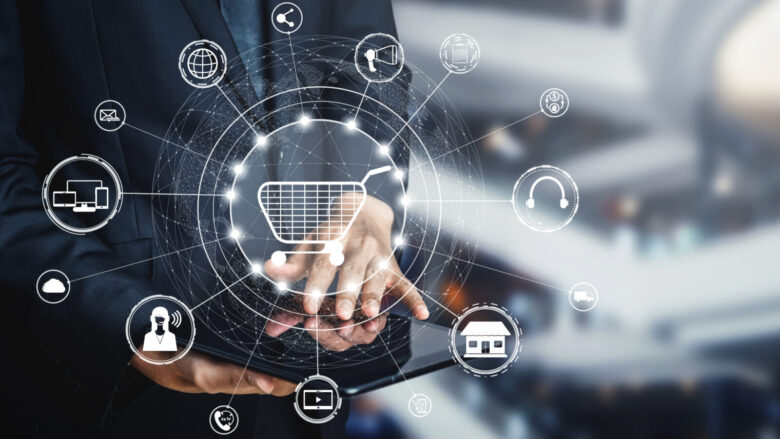Online shopping is now more convenient and popular than ever. Its growing popularity is directly related to the innovative e-commerce technologies that emerged in recent years. Despite the feats attained in the e-commerce sector, the industry is expected to grow by over 10% in 2024 to about $6.3 trillion. And in 2026, the e-commerce sector is expected to exceed $8.1 trillion.
Of course, buyers still visit stores at their physical locations, but they are now more comfortable with online shopping. Seeing that customers are now getting used to the convenient experience of visiting online stores, investment in e-commerce technology is highly promising for business owners. This article will show you some of the trends and features that are transforming the industry so you can determine which tech innovations are worth the investment.
Social Commerce
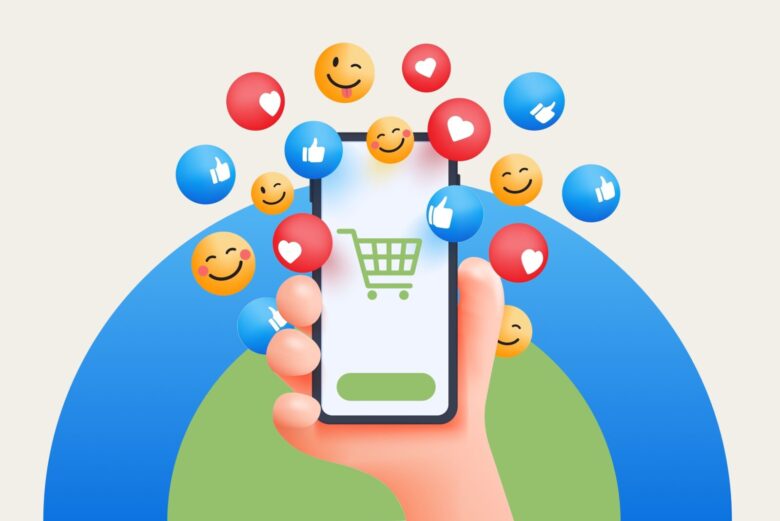
Social commerce refers to the use of modern social media platforms like Instagram, Pinterest, Tik Tok, and Facebook to sell and market your brand’s offerings. It allows customers to check out what they want to buy and complete their purchases without having to leave their social media applications. The social commerce selling model gives businesses the opportunity to provide more value to their customers, and it allows buyers to discover new brands and research their products or services.
Also, buyers have a more interactive shopping experience with social commerce since they can conveniently interact with customer support whenever they need to. Don’t confuse social commerce with traditional social media marketing strategies because they are completely different. With social media marketing, shoppers view a brand’s content and then visit their website in order to start shopping. But with social commerce, social media platforms become virtual storefronts.
Location-Based Marketing and Selling
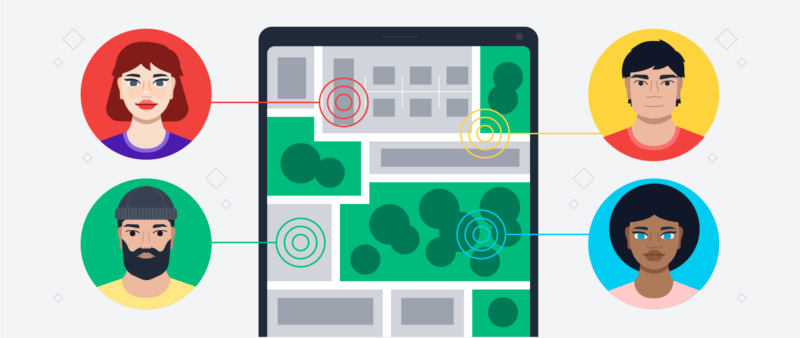
Location-based mobile selling technology makes it possible for businesses to target potential buyers based on their exact location in real-time and send personalized messages to them. This marketing approach uses various techniques to target users, such as IP addresses, beacons, and GPS. It triggers automated messages and ads when people drive by a location.
Retailers often utilize Geo-Fencing for their location-based marketing. In Geo-Fencing, businesses set virtual fences around specific locations with GPS technology or RFID. This technology is particularly useful for brick-and-mortar businesses whose sales depend on the foot traffic to their stores.
Retailers who leverage geolocation data from their target market’s smartphones and other connected technological devices can provide more value and increase their profitability since they target their promotions to customers who are close to their physical stores.
e-commerce Personalization

When answering the question ‘’what is Personalization?’’, you should think specifically about your target customers’ preferences. Personalization in e-commerce helps you to customize the shopping experience to make it suit each buyer’s needs. It may involve presenting targeted messages based on a buyer’s browsing history, behavior, or purchase history. It may also involve giving tailored product recommendations to prospective buyers.
If you get your e-commerce personalization right, you’ll be able to reach various goals, such as increased customer satisfaction and overall customer experience. You will also have enhanced brand awareness, higher conversion rates, improved customer loyalty, and a higher average order value.
Buyers are likely to return to a retailer that understands their preferences and specific needs and provides a great shopping experience for them. This can significantly reduce cart abandonment as customers receive incentives or messages that encourage them to complete their purchases or you can consult an expert like Fastsimon.com to choose the right platform.
Buy Now, Pay Later
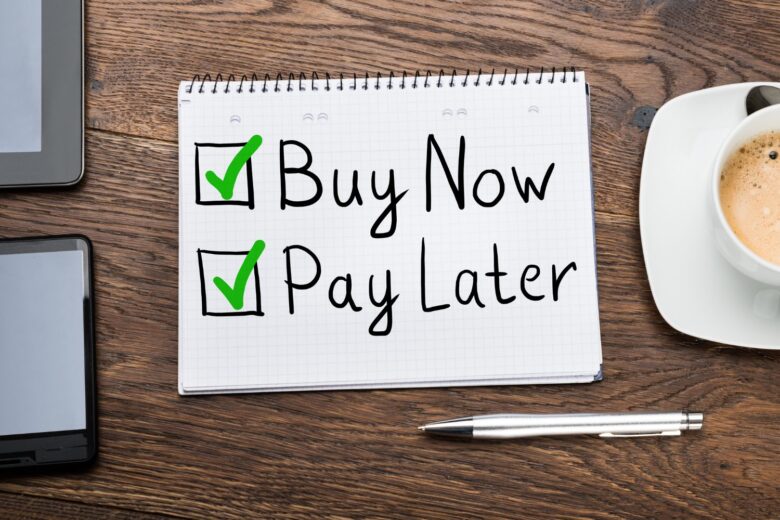
Buy now, pay later (BNPL) are loans offered to customers that allow them to purchase merchandise on credit without using a credit card. This option is usually available at the point of sale through platforms like Afterpay, Affirm, and Sezzle. The BNPL providers may be facilitators, retroactive service providers, or direct providers. As the name implies, direct providers offer direct BNPL services, while facilitators function as intermediaries that incorporate their services into the BNPL structure.
The BNPL service, which is an emerging e-commerce technology trend, became particularly popular during the COVID-19 pandemic when people needed more flexibility or alternatives in their funding sources. Those who preferred not to shop with credit cards turned to BNPL as an ideal option.
The service providers often perform instant soft credit checks on prospective buyers before releasing the loans. Depending on the amount owed and the BNPL service provider, the money borrowed may incur interest. However, a BNPL company may offset the absence of an interest charge to the buyer with a fee charged to the seller.
Super Fast Delivery
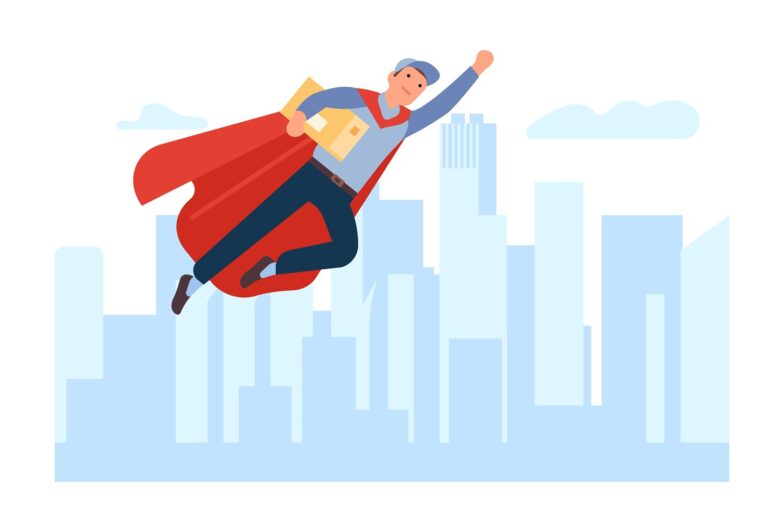
Fast delivery is a crucial factor in e-commerce retailing, and it can determine whether your website’s visitors will complete their payment or simply abandon their carts. No one wants to wait three weeks before receiving an item they pay for. Technology has contributed immensely to the accessibility of same-day deliveries.
It allows businesses to connect their different tools, software, and devices so that they can conveniently track all their packages. Also, route optimization software helps calculate the best routes for deliveries to minimize time wastage.
If a retailer does not provide enough delivery options or if the delivery methods they provide do not meet shoppers’ needs, they may lose their customers to the competition. Speedy delivery is especially useful for customers purchasing time-sensitive items.
The customer experience is significantly improved when customers receive their orders within a few hours. Retailers who go the extra mile to provide instant pick-up and fast delivery have a competitive advantage over brands that don’t. If you’re considering incorporating a fast delivery strategy into your e-commerce business, you must have a plan for effectively; managing your shipments. Otherwise, you may not be able to keep up with an increased volume of sales.
Also, you must find a balance between the delivery service and its cost. Since express deliveries cost more than standard ones, you may want to offer the service for products with a high-profit margin. You must also ensure the accuracy of deliveries because missing a fast delivery can be disastrous for your customers and your brand’s reputation. You should keep your promise of delivery time to improve customer satisfaction.

